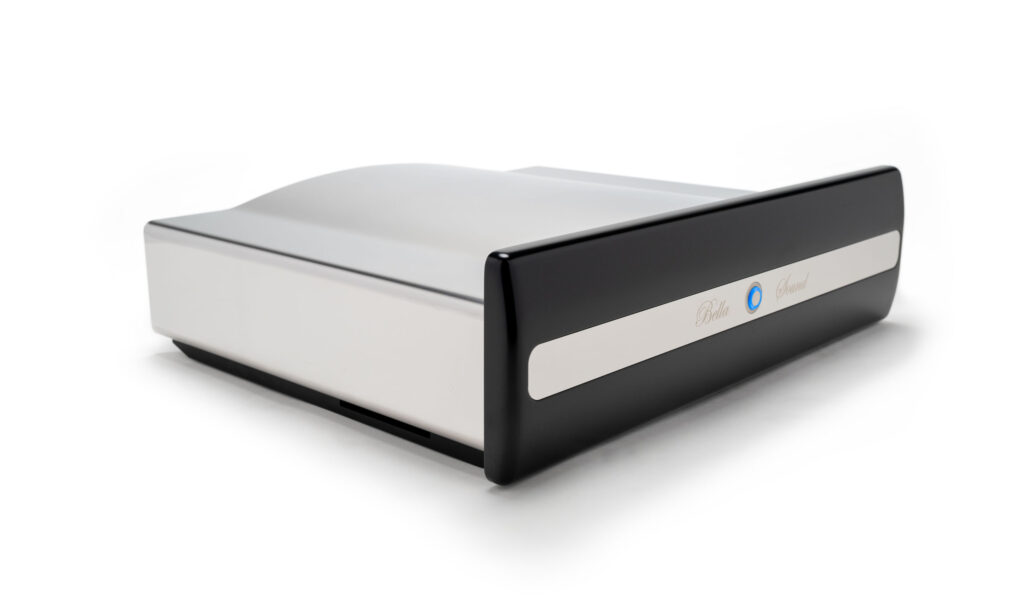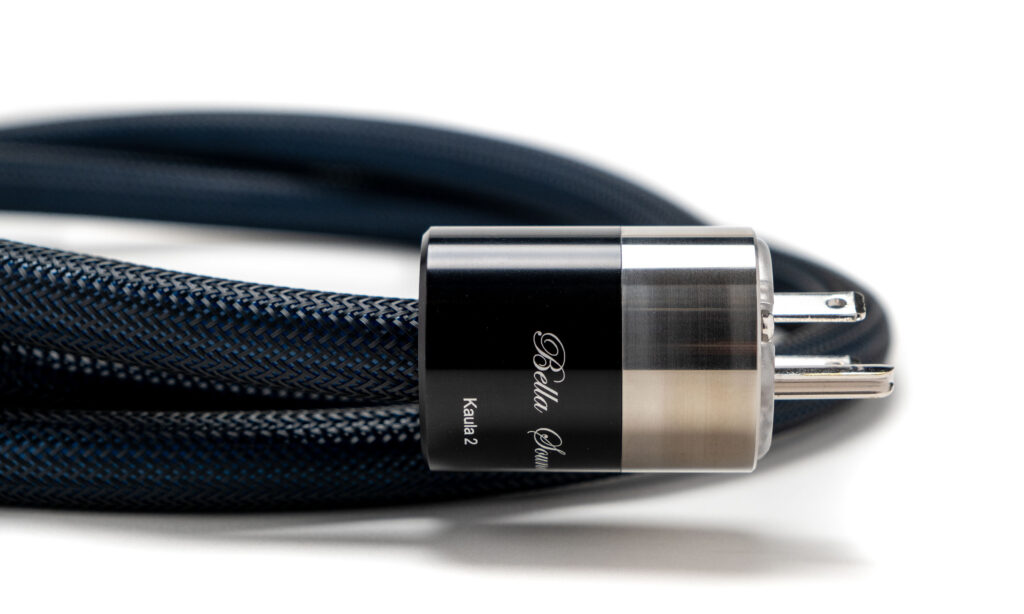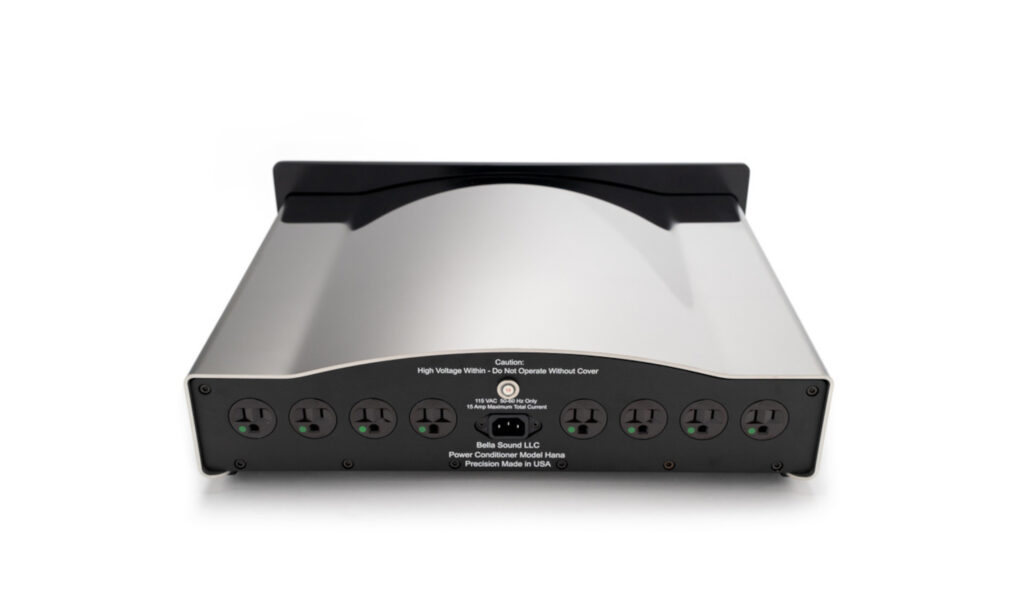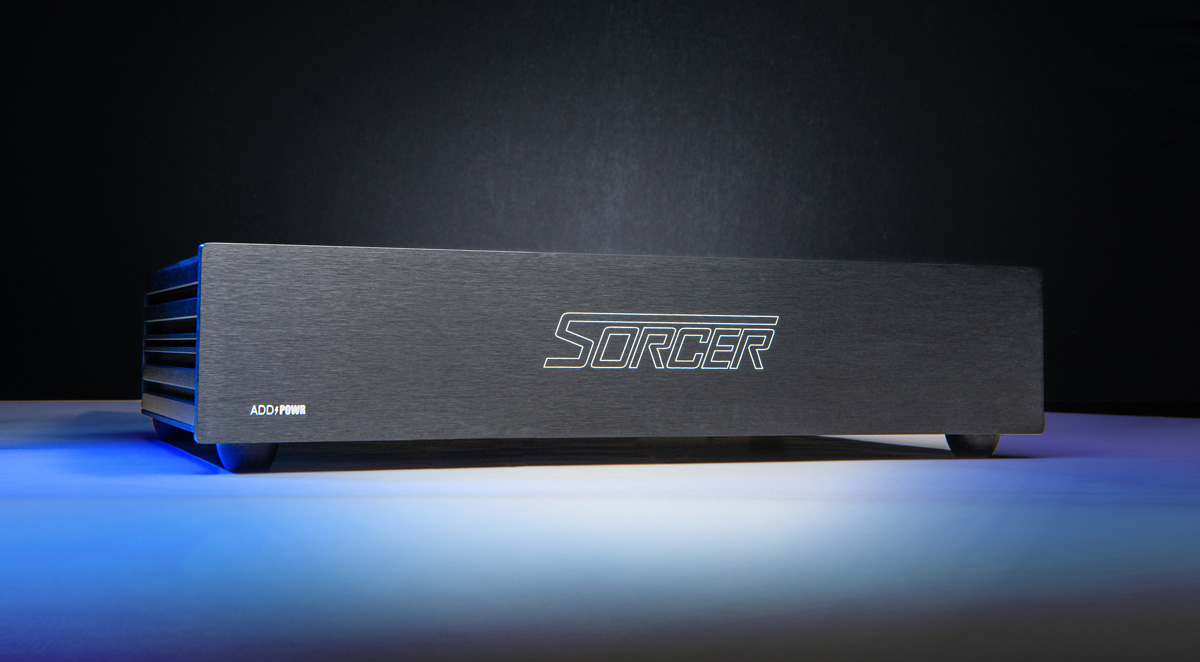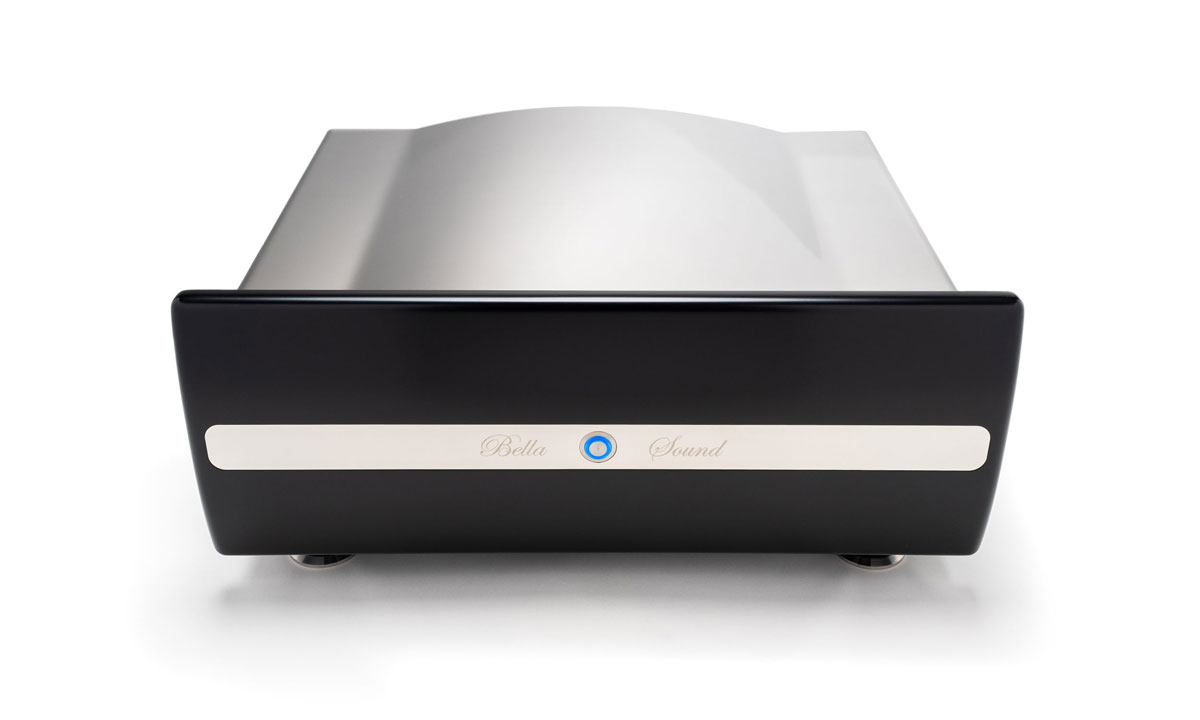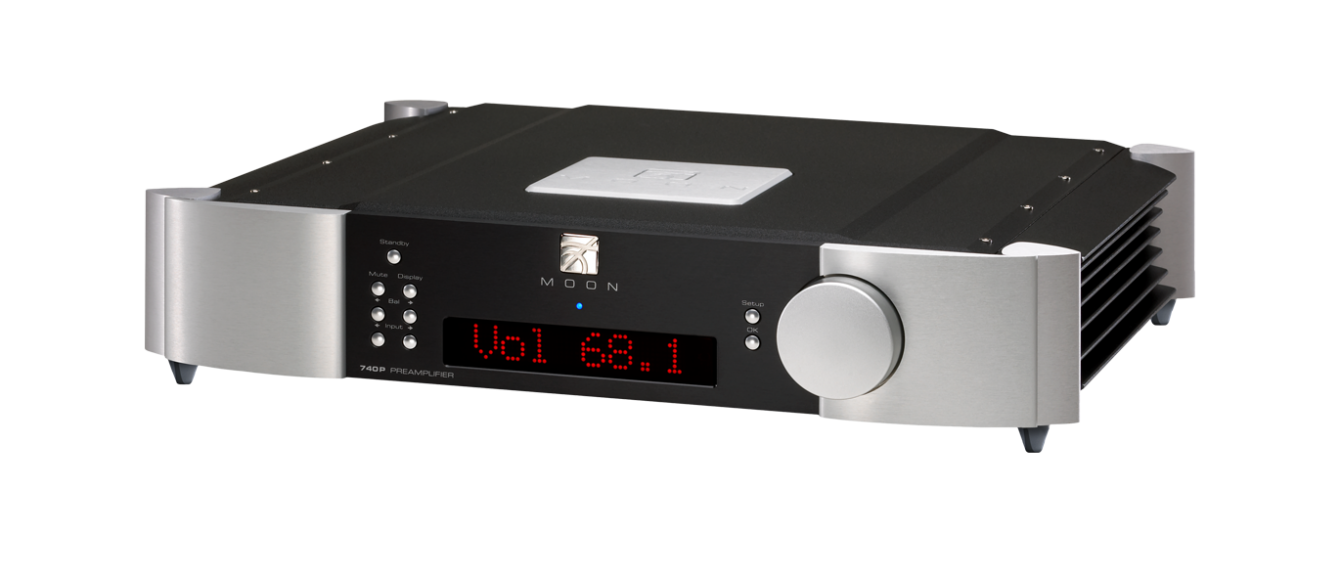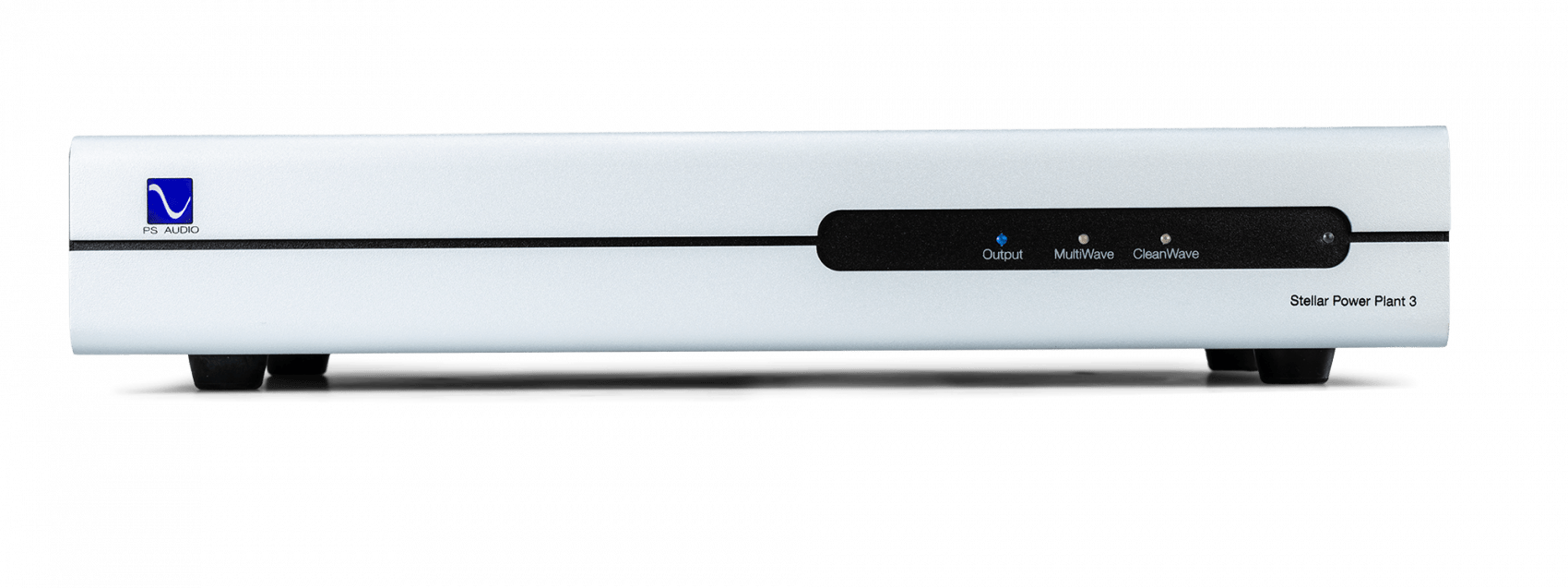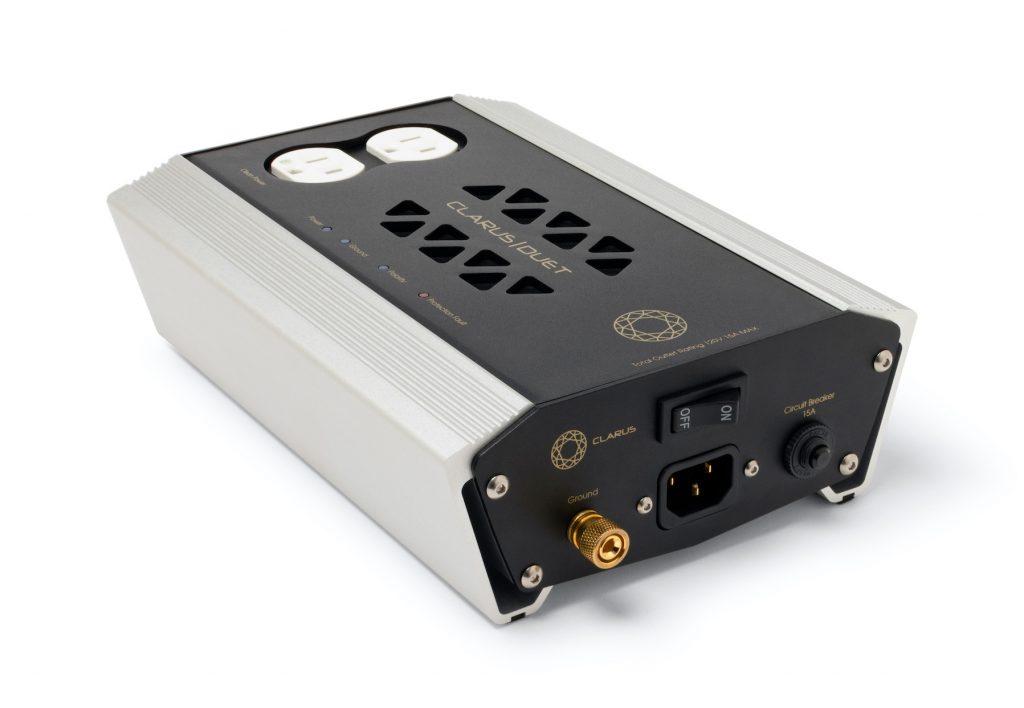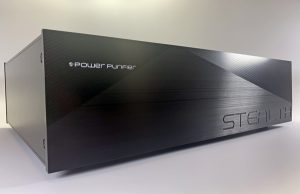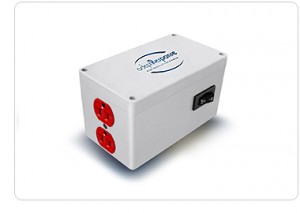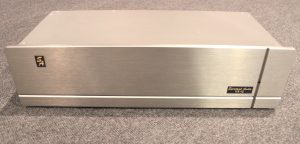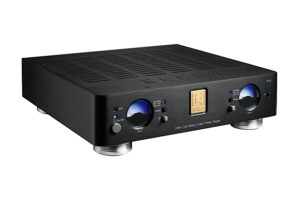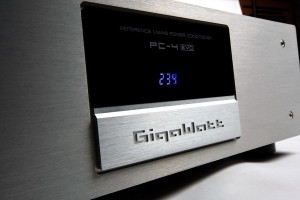Fifteen or more years ago I purchased a John Curl/Jack Bybee Signature Pro power conditioner, and still use it to this day. The Signature Pro used two power cords, each one connected to a bank of four outlets, one bank labeled Digital and the other Analog. Each bank utilized three Bybee Quantum Purifiers.
You may be familiar with John Curl from his recent design work with Parasound. My first encounter with Mr. Curl's work was his phono preamp for Vendetta Research years ago. He has been involved with many projects since way back then. Jack Bybee, a physicist by training, passed away in 2020, but spent his career producing products to address quantum noise in music systems.
The subject of this review, the Hana power conditioner, was designed with consultation from John Curl and includes Bybee Quantum Technology, so I was curious to find out how similar or different the two products would be. First let's take a closer look at the Hana power conditioner's design and construction.
Weighing in at 44 pounds, and measuring 19.3" W x 5.5" H x 15.7" D, the chassis is milled aluminum with a polished stainless cover. Sensitive circuits are enclosed in shielded sub chassis, and all wiring is cryogenically treated. The super quantum purification devices, 27 in all, used in the Hana are built in-house and cover all Load, Neutral, and Ground connections. The design is said to address all incoming AC and RF noise paths as well as all inter-component signal leakage paths. Dueland capacitors were chosen for their sonic neutrality. Extensive RF shielding is utilized throughout. The John Curl designed surge protection maintains high effectiveness without transient current limiting. Bella Sound's stated design goals were reduction of incoming noise and intercomponent signal leakage to inaudibility without current limiting while maintaining load independence all with no a sonic signature. Price is now $12,000 for the Hana conditioner and $5500 for the Kaula 2 power cord.
Setup
I placed the Hana power conditioner on a lead shot filled Lovan equipment stand and connected it to a dedicated circuit with the Bella Sound Kaula 2 power cord. The Hana was used to power my front end equipment. My system configuration made it impractical to try with power amps. Once powered up, I left the Hana conditioner on throughout the entire review period. Though there was no mention of any break-in requirement in the user's manual, I felt that things fully settled in after a couple of days use.
Listening
I've spent some time and energy to ensure that noise levels in my system are as minimal as possible.
Because of this and the similarities between my own power conditioner and the Bella Sound Hana conditioner, I had some trepidation that I might not hear much of a difference. This has happened to me before. It's the reviewer's curse. How do you talk about a review sample that doesn't make a difference in your system? I shouldn't have worried. The positive qualities of the Hana conditioner were immediately obvious. Upon first listen I had the impression that the Hana conditioner had increased musical dynamics, but later realized that the effect was more likely due to an increase in dynamic range because of the lowered noise floor.
The absence of noise can be difficult to describe. It's a little like the difference between listening to your car stereo at 70 miles per hour, and listening sitting in your driveway, although that is an imperfect example. This absence makes itself known in subtle but important ways. I've already mentioned dynamics. The Hana also delivers a deeper soundstage, more separation of instruments on the stage, and unmasks low level detail. This more engaging presentation had the effect of drawing you further into the performance.
For example, the 24-bit/96kHz download of the 25th anniversary edition of Paul Simon's Graceland. I like the cut "Diamonds On The Souls Of Her Shoes." It starts out with Ladysmith Black Mambazo singing in unison. With the Hana conditioner, the warm burr of male vocals evolved into more easily distinguished individual voices. The soundstage was wide, warm, and open with clarity, not only in the vocals but also instruments and percussion.
My favorite bass player, Ray Brown, on, for example, Live At The LOA stood out in relief on his stand up bass. I could almost see his hand on the neck of the instrument. Ray's warm, resonant, iconic sound filled my listening room and me. Piano sound on this album is good for a live recording. The Hana conditioner had it well located on the stage and portrayed at the proper size. Happily, percussion on this disc is not too compressed. This seems to be truer for small Jazz combos than for rock bands. I can understand when one is recording in analog percussion may have to limit or compress to fit the medium. However, digital is not as limited in this regard. If you've ever been near a drum kit you know how dynamic and exciting it can sound compared to most recordings. The Hana conditioner helped lay this all out, handling the audience sounds believably, and nicely portraying the ambience of the venue.
A friend, Dan, stopped by and asked to hear some Joni Mitchell. I queued up "Carey" from the 24-bit/192khz download of Blue. Dan is not an audiophile, but seems to have good ears and loves good sound. As we were listening Dan commented, "sounds like Joni did her own backup vocals." A little later he commented, "I didn't even realize there were backup vocals on this song." The Hana power conditioner can take some credit for this. All the Jonis were clearly presented and floating in front of us. It was a relaxed open stage.
So, what about those design goals mentioned earlier? Noise reduction is superb, and the subject I've talked the most about. I haven't mentioned load independence or the prevention of intercomponent signal leakage. All components connected to the Hana conditioner remained isolated from each other, almost as if they each had their own power conditioner. There was also a sense of stability. As to current limiting, I didn't put this to a hard test but didn't notice any of the artifacts usually associated with current limiting. Lastly, what about sonic signature? I haven't mentioned it until now because there was nothing to say. I could detect no artifacts anywhere in the presentation that I could associate with the Hana conditioner. It just took away the noise.
Conclusion
The final test of a good component is, do you miss it when it's gone? Obviously, reviewers go through this more often than consumers. Yes, I definitely miss the Bella Sound Hana power conditioner's numerous contributions to my system. It easily outperformed my own Curl/Bybee conditioner. The Hana is one of the best power conditioners I've yet heard.
Hana Power Conditioner
Retail: $12,000
Bella Sound




